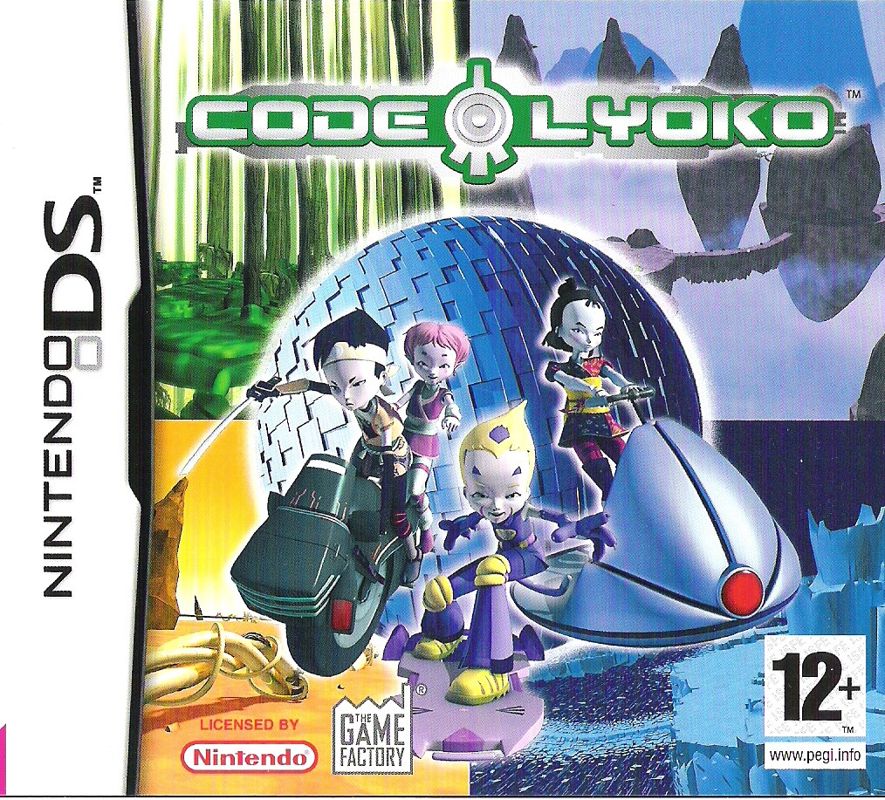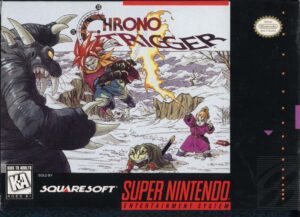Retro Replay Review
Gameplay
Code Lyoko delivers a hybrid experience by splitting its fifteen chapters into two distinct gameplay styles. In the real‐world segments, you navigate a 2D point‐and‐click interface, guiding one of the five boarding‐school students—Ulrich, Odd, Yumi, Jeremy or Aelita—through corridors, classrooms and school grounds. This section emphasizes exploration, dialogue choices and item collection, giving you time to absorb the story and prepare for the digital missions ahead.
The heart of the action, however, lies in the virtual world of Lyoko. Here, the game shifts into a 3D action‐RPG format where you swap between characters on the fly. Each hero brings a unique skill set—Ulrich’s swift sword strikes, Odd’s ranged attacks, Yumi’s precision with the fan blades, Jeremy’s hacking support and Aelita’s levitation powers. Combat encounters force you to strategize: which ability counters which X.A.N.A. monster, when to regroup or heal, and how to chain special moves for maximum effect.
Beyond combat, Lyoko’s landscape is dotted with platforming challenges and environmental puzzles. You’ll jump across floating tiles, climb steep digital cliffs and tackle timed obstacles as you hunt down the tower life extensions. The pace shifts nicely between intense skirmishes and methodical exploration, keeping engagement high across multiple enemy types, varying mission objectives and sector‐specific hazards.
To break up the action even further, Code Lyoko integrates touch‐screen puzzles and occasional vehicle‐based levels. These mini‐games range from simple memory challenges to driving segments where you dodge digital traps at high speed. While the controls can feel imprecise at times, these diversions add welcome variety and test different skill sets beyond basic combat.
Graphics
Visually, Code Lyoko strikes a balance between faithful adaptation of the animated series and hardware limitations. The 2D adventure scenes employ clean, sprite‐based backdrops reminiscent of the show’s boarding school corridors. Character portraits are expressive, though backgrounds can appear a bit sparse when compared to the show’s detailed art style.
In Lyoko’s 3D environments, the game embraces bold, saturated hues—icy blues in the Ice Sector, fiery reds in the Volcano Sector, lush greens in the Forest Sector. Polygonal character models are instantly recognizable, complete with signature outfits and color schemes. While textures are somewhat flat and polygon counts are low by modern standards, the vibrant color palette helps each zone feel distinct and alive.
Character animations are serviceable, with smooth basic movements and special‐attack flourishes. Enemy designs mirror their on‐screen counterparts, from the hulking Kankrelats to the swift Hornets. Environmental details—floating platforms, phosphorescent flora, crumbling digital architecture—lend Lyoko an otherworldly charm, even if draw distance and detail density occasionally give way to pop‐in.
Performance is generally stable, with few frame‐rate dips during large group battles or heavy effects sequences. The user interface stays out of the way, offering clear health bars and ability icons. Though the graphics aren’t cutting‐edge, they capture the spirit of the series and create a cohesive visual package that fans will appreciate.
Story
Code Lyoko’s narrative closely follows the premise of the French animated series: five boarding‐school students combat a malevolent AI called X.A.N.A. by traveling into a parallel digital world. The game does a solid job of reintroducing characters and their relationships, making it accessible for newcomers while offering callbacks and Easter eggs for long‐time fans.
The fifteen‐chapter structure alternates between real‐world cutscenes and Lyoko missions, creating a rhythm that gradually builds tension. Early chapters focus on exposition—how Jeremy discovers the supercomputer, how Aelita becomes trapped in Lyoko—while later levels ramp up stakes with multi‐layered X.A.N.A. schemes and personal trials among the cast.
Dialogue is delivered through text boxes accompanied by character portraits; there is no full voice acting, but the writing captures each hero’s personality—Odd’s humor, Ulrich’s stoicism, Yumi’s levelheadedness and Jeremy’s nerdy enthusiasm. Plot twists arrive at steady intervals, and optional conversation branches in the real‐world segments allow you to explore side stories or uncover hidden items.
The story’s emotional core lies in the friends’ camaraderie and Aelita’s longing for freedom. As you thwart digital attacks and rescue the real world from X.A.N.A.’s machinations, the game weaves in moments of levity—Odd’s jokes and Jeremy’s tech‐speak—alongside more serious reflections on teamwork and sacrifice. For fans, it’s a gratifying retelling; for newcomers, it’s an engaging sci‐fi adventure with a clear beginning, middle and end.
Overall Experience
Code Lyoko offers a varied gameplay loop that balances exploration, puzzle‐solving and action. Its chapter‐based format means you can tackle bite‐sized missions in the real world before diving into intense digital skirmishes. This hybrid approach keeps the pace fresh and appeals to players who enjoy both strategy‐oriented point‐and‐click adventures and fast‐paced action‐RPG combat.
The game particularly shines for fans of the original series, delivering satisfying nods to favorite moments and characters. Even if you’re not well‐versed in the show, the clear narrative, distinct character abilities and colorful virtual realms make the journey enjoyable in its own right. Younger players or those new to JRPG conventions may find the mechanics approachable, though seasoned action‐game veterans might wish for deeper customization or refined controls.
While some aspects—like touch‐screen puzzles and vehicle segments—can feel tacked on, they also demonstrate the developers’ ambition to mix up the gameplay. Graphics and performance are solid if not spectacular, and the lack of voice acting is offset by snappy writing and evocative music cues (where present). Replay value arises from exploring alternate dialogue choices and maximizing character skill usage in tougher Lyoko battles.
Ultimately, Code Lyoko is a charming adaptation that successfully transports players into its dual‐reality world. It may show its age in certain technical areas, but its heartfelt story, diverse gameplay and faithful art direction make it a worthwhile pick for fans of the show and curious newcomers alike.
 Retro Replay Retro Replay gaming reviews, news, emulation, geek stuff and more!
Retro Replay Retro Replay gaming reviews, news, emulation, geek stuff and more!




Reviews
There are no reviews yet.